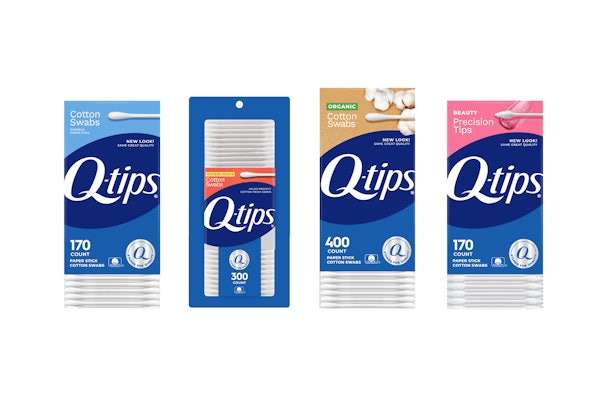This could remove up to 3,000 tons of waste and litter from the environment every year,” comments George Fee, who heads up the local arm of UK-based Symphony Environmental, supplier of the d2w (degrade to water) technology that will convert Albany’s PE bags to their fundamental constituents.
Symphony, present in over 50 countries, claims to be the world leader in oxo-biodegradable additives. It supplies many household names with a range of d2w blends specifically engineered for their requirements. Tiger Brands, Fee notes, is now in the good company of Wal-Mart (the world’s largest retailer), Sonae (Portugal’s biggest supermarket group), and the British Co-Op that uses oxo-bio plastic for everything from bread, to frozen food, to carrier bags.
“We’re delighted to have been able to partner Tiger Brands in this forward-thinking initiative, to assist it in becoming the first national food company in South Africa to take positive steps to eliminate plastic waste caused by their commercial operations,” he says. “Plastic bread bags that would normally still be around polluting the planet long after those consuming the contents have passed to the great hereafter will now degrade and biodegrade in a short time scale, leaving no methane, fragments, or residues.”
Fee comments that of all the plastic ever made since its development in the early 1900s, despite recycling, incineration and so on, over 90% is still somewhere on the planet. In contrast, of the plastic made using d2w up to 2004, all has completely disappeared. “Oxo-bio plastic does not require sunlight or anything other than the presence of oxygen to degrade, followed by complete bio-assimilation. In addition, only oxo-bio can be engineered at extrusion stage to have a controlled degradation period and maintain its mechanical and physical characteristics throughout its useful life,” he says.
So how does it work? PE and PP polymers are composed of hydrocarbons, comprising small units bonded into long chains. These chains’ high molecular weight give rise to plastics’ useful qualities of low mass, strength, and imperviousness. Symphony’s d2w acts on the carbon bonds, shortening the chains, meaning the material effectively ceases to be plastic and becomes a food source for microbes. Once the process is complete, water, carbon dioxide, and biomass are all that remain.
On the issue of biodegradation in the largely anaerobic environment of a landfill, Fee explains that, along with anaerobic zones there are aerobic zones where oxygen is trapped during compaction and daily soil cover: “The opportunity is then there for this oxygen and any partially degraded plastic to come together when the landfill upper surfaces are disturbed. The oxo part of oxo-biodegradation is initiated at the time of extrusion of the plastic and results in scission of the carbon-carbon bonds and embrittlement and fragmentation due to the reduction of its molecular weight, which at sub 40,000 daltons is no longer plastic as we know it. At this stage the fragments acquire a ‘wetted’ surface and become accessible to micro-organisms, resulting in bio-assimilation into water, CO2, and biomass. Blends of d2w are engineered depending on the end customer requirements, with some highly aggressive blends causing fragmentation in only a few weeks and rapid molecular weight reduction and bio-assimilation in the upper regions of the landfills.”






















